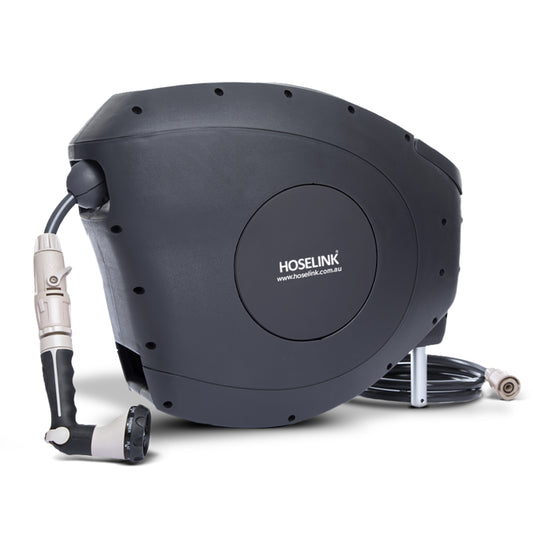Growing your own food is so rewarding! To be able to go out to the garden and pick fresh food knowing exactly what has gone into creating it. No chemicals, pesticides, or nasty sprays. You can choose to grow organic, chemical-free food and reap the health benefits.
[STARTBLOCK|PROMOS|product,product]
[/ENDBLOCK]
Fruit and vegetables tend to ripen all at once, and when your edible garden starts to mature, you will quickly find yourself with more produce than you can eat. A great problem to have! Preserving your harvest will mean you can enjoy your produce all year round.
Do I need a dehydrator? Can I use the oven or the sun?
You can get started dehydrating today with very little equipment. A dehydrator is not necessary to get started but, there are many benefits to using one.
Dehydrating takes a long time, and if you are using the oven, you will need to be home for at least 9-10 hours to operate the oven safely.
This is where dehydrators are much more efficient and manageable. You can set a timer, or if your dehydrator doesn't have a built-in timer, you can get an adjustment for your power socket.
That way, you can set the timer and carry on with your day, just as you would with a slow cooker.
The sun or solar power can also be harnessed to dehydrate fruit. The high sugar content in fruit helps reduce the risk of spoiling. Sun drying can take a few days, so vegetables and meats are not recommended. This technique will require pasteurisation and individual research on local weather, so is not recommended for beginners.

Classic 20m Retractable Hose Reel | Charcoal

Heavy Duty Planter Bag
Choosing a dehydrator

Tips for preparing fruit and vegetables for dehydration
- Wash your fruit and vegetables well. If you have purchased fruit from the store, it may have residual sprays or wax coatings. Clean your fruit with equal parts water and vinegar, or rinse with boiling water.
- Fruit with skins, such as grapes and berries, should be blanched with boiling water to “crack” the skins. This will allow the moisture to escape during the drying process.
- For most fruits such as apples, citrus, peaches, and pears, it is not necessary to remove the skins first. This comes down to personal preference for taste and if you want to spend extra time preparing them.
- Slice thinly and evenly. If your pieces are not all cut uniformly, they will all dry at different rates.
- Fruit and vegetables can also be pureed and spread on fruit leather trays or parchment.
- Apples and some other fruit can go brown quickly after being cut. To avoid this, prepare a bowl with equal parts cold water and lemon juice. Slice your apples directly into the water and allow to soak for 10 minutes. Remove and strain off any extra water. This should help stop them from going brown during the dehydrating process.
- Lay fruit or vegetables in a single layer, ensuring they do not overlap.
- Using a mandoline will help you achieve even slices.

What can I dehydrate? What should I avoid?
-
Fruit
-
Vegetables
-
Purees
-
Herbs
-
Sauces (with no fat, oil or dairy)
Avoid dehydrating:
-
Oil and fats
-
Products containing dairy
-
Avocado - too high fat
-
Olives - too high fat
-
Eggs
What should beginners dehydrate first?
- Citrus
- Apple
- Pear
- Strawberry

Garden Fork, Trowel and Weeder Set

Fertiliser Spray Mixer
How long does dehydrating take?
- How thick or thin the slices are
- Temperature settings
- Water content of fruit or vegetables
- Amount of humidity in the air

How do you tell if they are dry?
Storage and shelf life
Before you store your fruit and vegetables, allow them to cool down completely (30-40 minutes).

How to use dehydrated foods
- Many fruits and vegetables can be eaten as they are for quick and easy snacks. Try adding herbs and spices for extra flavour.
- Fruits with high sugar content will be extremely sweet once the water content has been removed. They make great natural lolly alternatives but be aware that a small piece may contain a very high amount of sugar. Try strawberries, apple or watermelon.
- Dried fruit, vegetables or herbs can also be blended into powders. This can be a great way to add extra flavour to your meals. Try powdered tomatoes, onions, kale, herbs, or lemon rind.
- Vegetables can be rehydrated and added to soups, stews and curries.
- Use fruits as garnishes for baking, platters and drinks.
https://nchfp.uga.edu/how/dry.html. Dehydrated fruits also make excellent #gardentogift ideas. Sharing your homegrown produce is a great way to inspire others to grow their own too. Show us your dehydrator efforts on Instagram with #HoselinkAustralia.











